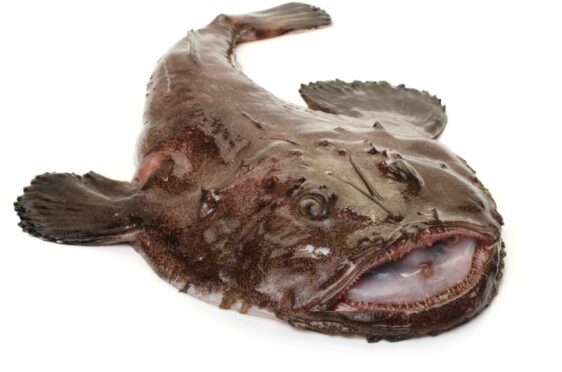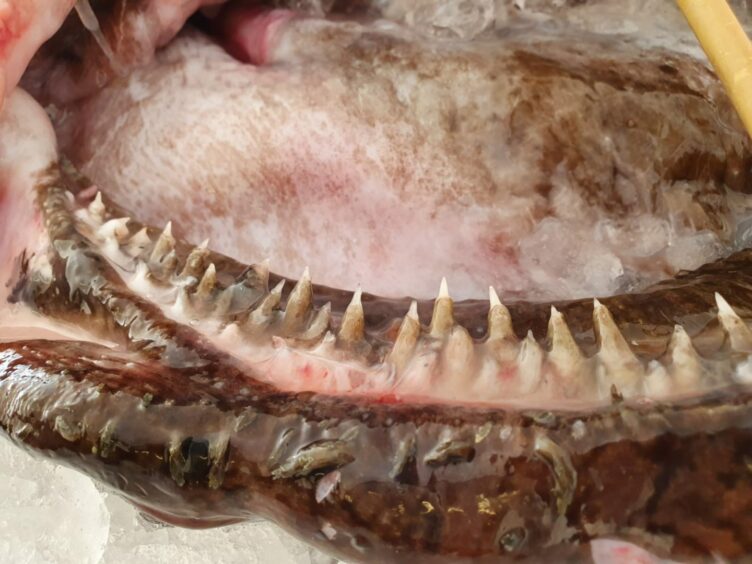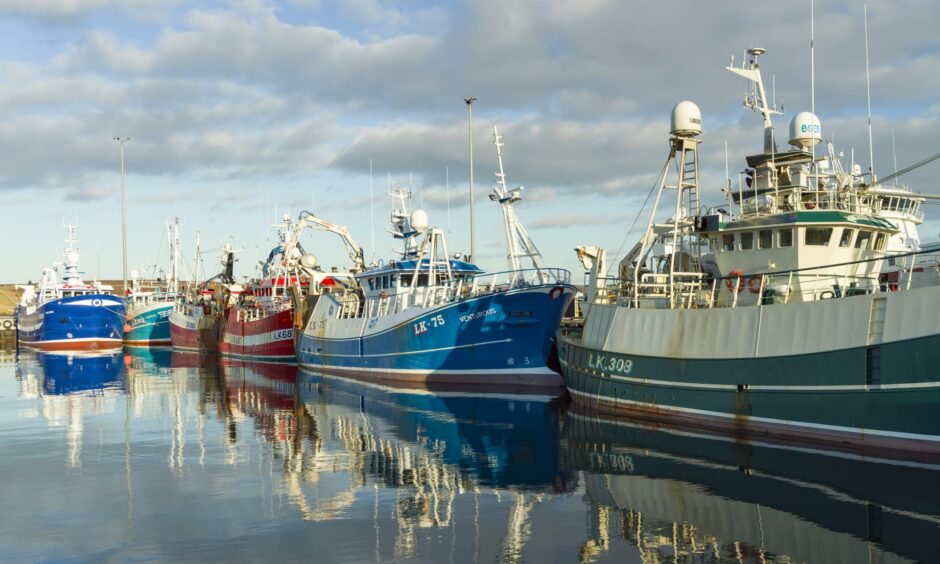Shetland Fishermen’s Association (SFA) has responded to reports of an abundance of monkfish in the region by commissioning a new study to work out just how much of the valuable species is in local waters.
The work, already being undertaken by UHI Shetland, will examine catch rates of the fish by Shetland vessels in response to local seafarers’ reports of an increase in monkfish hauls in 2022.
Monkfish – also known as anglerfish – was the most valuable species landed by Shetland’s family-owned white-fish vessels in 2021, worth £6 million to the islands and making up a fifth of the fleet’s total income.
The same is true of the wider Scottish white-fish fleet, where monkfish was also the most valuable single species landed – worth more than £34m.
Legends abound as to how monkfish came by their name with some referring to them as a ‘poor man’s lobster’ due to the similar taste to the crustacean.
Monkfish “data deficient” for several years
Some suggest the origin stems from their cowl like appearance similar to a friar’s habit or even that monks would pick up the fish at markets as traders would throw them away due to their extraordinary ugliness.
Despite the fish’s economic importance, the International Council for the Exploration of the Sea (ICES), which collates scientific assessments and provides management advice to governments, has listed monkfish as a “data deficient” stock for several years.
This has led to a series of “precautionary” quota cuts in the absence of dependable stock assessments – with a reduction to monkfish quotas of 23% this year and an overall quota cut of 55% since 2019.
It is hoped resulting data could help quantify the anecdotal evidence regularly reported by fishing crews and suggest whether monkfish stocks have actually diminished to the extent suggested by current quota levels.
SFA executive officer Daniel Lawson said: “Having our nation’s most valuable whitefish catch, monkfish, listed as ‘data deficient’ isn’t good enough – and it’s fishing communities like Shetland that suffer the needless economic harm caused by the resulting mismatched precautionary cuts to quota.
“We hope this study might be a starting point for meaningful discussions around the understanding of monkfish abundance and the steps that can be taken to ensure a more comprehensive assessment of the stock.
We’re looking for a win-win situation here”
SFA executive officer Daniel Lawson
“Fishing crews have worked with officials recently to make improvements to our government’s scientific assessments of cod, another priority species for Shetland which has also seen drastic quota cuts in recent years.
“We’re looking for a win-win situation here: more trustworthy data for scientists, that leads to more realistic sustainable quotas for fishermen.”
News of the monkfish study comes as UHI Shetland, part of the University of the Highlands and Islands, has just published its latest annual Shetland Fisheries Statistics.
The report shows local boats landed 112,000 tonnes of fish and shellfish, worth a total of £110m last year – 20% more by volume and 5% higher by value year-on-year.



Conversation